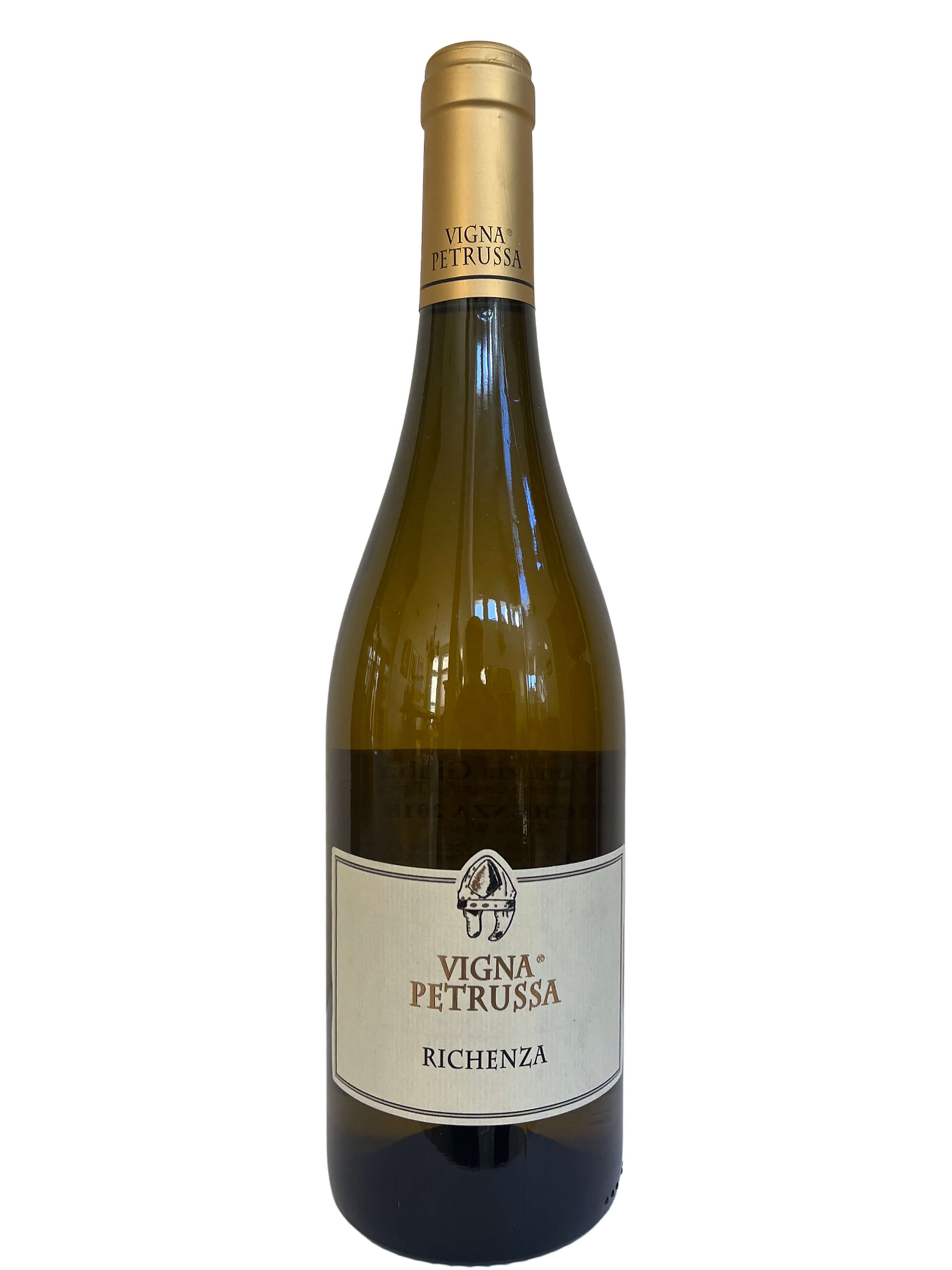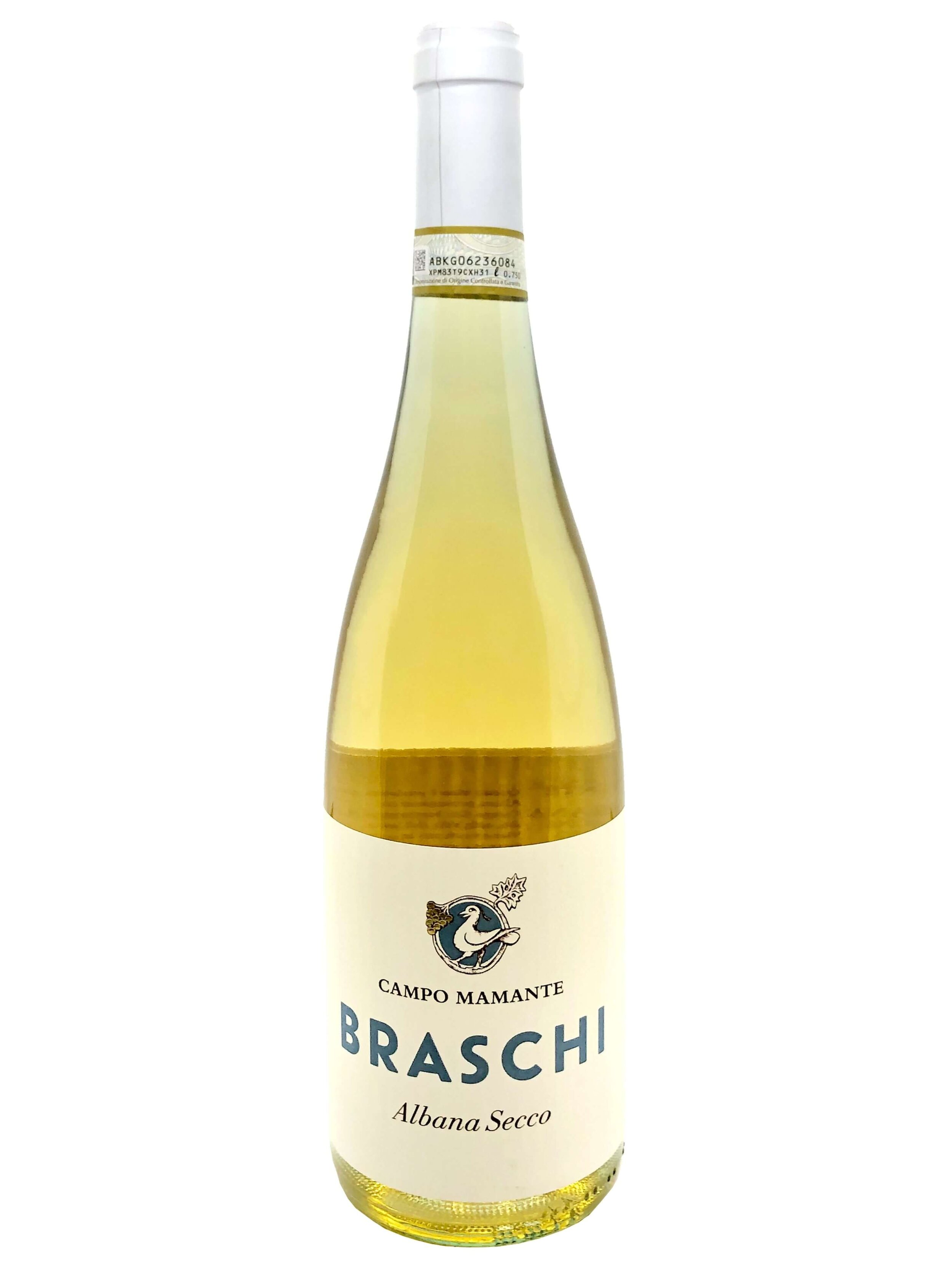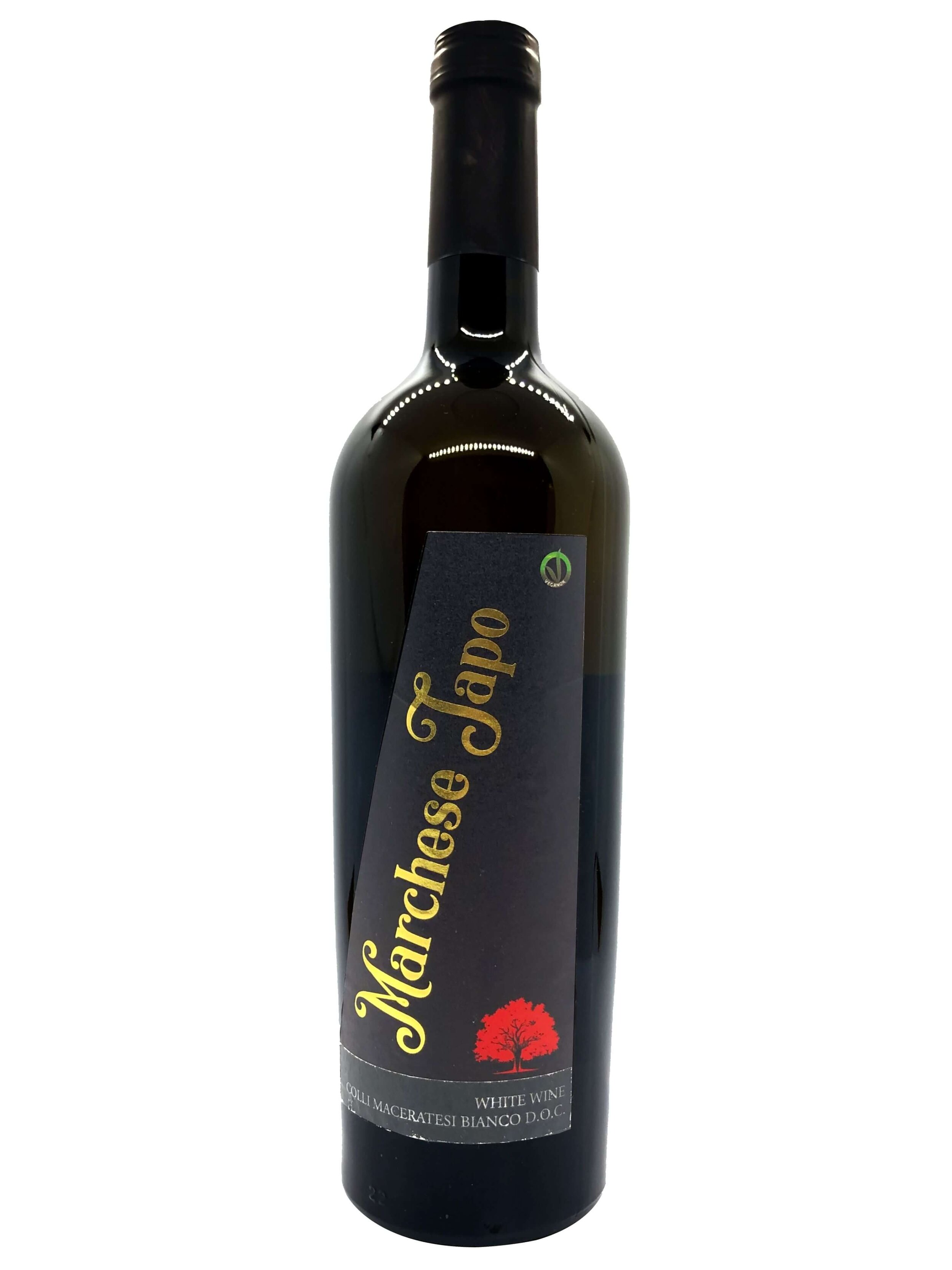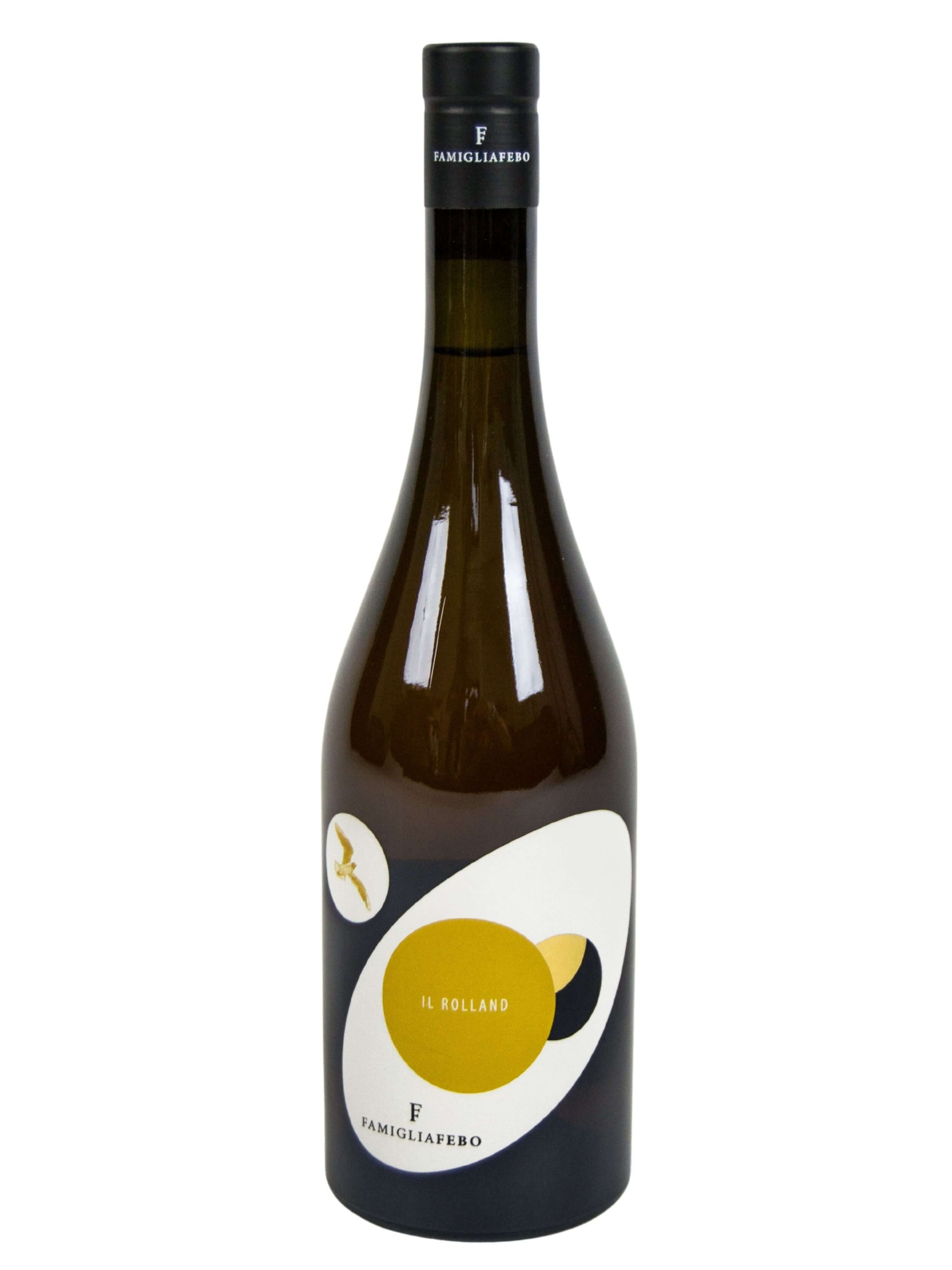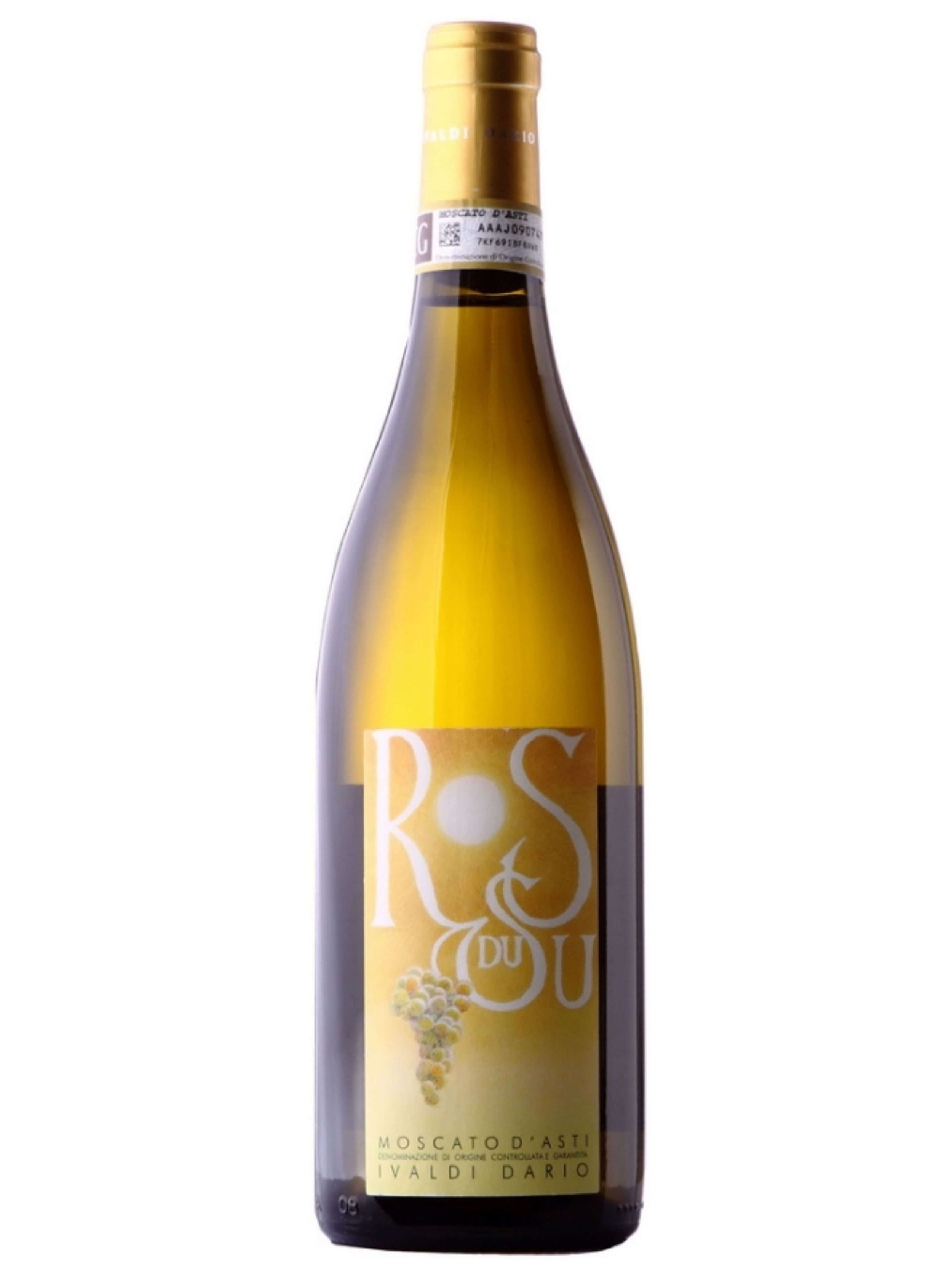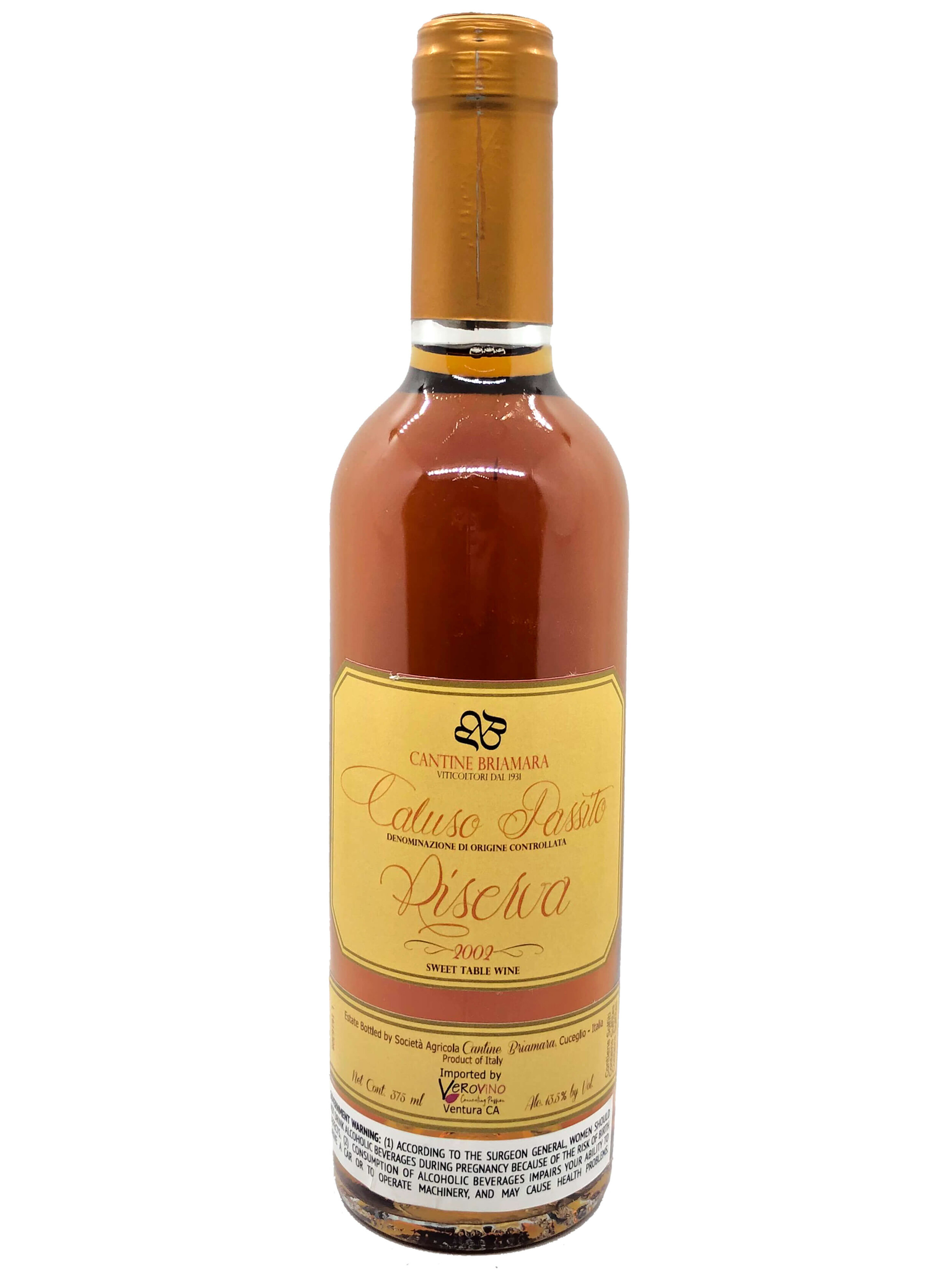The Search for Great Whites
Italy has one of the longest traditions in winemaking in the world. Traces of both red and white wine grapes and winemaking have been found in records from the Romans, the Etruscans, and even earlier. So, why is it that when one thinks of “best Italian wines” it’s only the big bold reds that come to mind? Even Google Trends backs up this assumption, with “Italian red wines” being searched for vastly more than “Italian white wines.
The reality is that Italy offers a whole host and array of wines and styles, and with wine colors galore.
Italian white wines range from light and sparkly to complex and intense. All up and down the peninsula winemakers work their vineyards following old traditions and new findings in order to craft white wines that are sure to impress and delight. But why is it that these interesting white wines are so unknown?
First, a quick recap on what makes a good white wine.
What Makes a Good White Wine
While we covered the general topic of wine colors in this article, and how to make wine in this article, we now focus on how to make white wine.
Usually, white wine is made from “white grapes", that can vary in skin color from green, to yellowish, to even pink sometimes. Did you know that white wine is also made from red grapes too?
That’s possible because the winemaker can control the amount of skin contact by keeping the juice and skins separated as much as possible, Typically winemakers start with a gentle pressing of the crushed grapes to separate this juice from the skins. The resulting clear juice is then fermented, and then aging is performed. These two steps, fermentation and aging, can be completed in a myriad of different vessels, at the winemaker’s discretion, from stainless steel to cement to wood barrels. And while these factors can slightly change a wine's hue, it will remain classified as white wine. Like all wine really, white wine is beautiful in how a grape or juice will be molded by a place and local winemaking traditions, especially in Italy.
The long peninsula of Italy provides a whole host of different soils, climates, exposures and microclimates. This means that one variety, made with two different terroirs, can display vastly different characteristics and styles.
Same goes for one variety made using different local traditions. For example, some areas, “border areas” like Friuli Venezia Giulia, can have call backs to their neighboring country, Slovenia and Austria in the Friuli example, with similarities in winemaking techniques, soil, and, most notably, grape varieties.
Then, there’s Italy’s greatest asset when it comes to wine: a vastness of indigenous varieties. Italy has one of the largest number of indigenous varieties still regularly farmed today, and a large quantity of those are in fact white grapes. These are grapes that are rarely, if ever, found outside of the peninsular country, making for unique and singular white wines from Italy and Italy alone.
While this richness of native varieties benefits Italian wine independent of the wine grape and wine color, in the realm of white wines this is Italy’s hidden strength in wine that is ripe for discovery by wine explorers.
All of this combined, means that Italy has all that it takes to make great white wines. Italy has it all that white wine drinkers love and desire: interesting grape varieties, varied terroir, varied wine styles from sweet to dry, sparkling to still, and more.
So back to our initial finding when searching trends on Google: why are Italian white wines not as sought after as Italian reds?
The Curse of Popularity
The stereotypical view of “Italian White Wine” can often be blamed on one particular offender: Pinot Grigio. As Paul Balke talks about in his book North Adriatic: Friuli Venezia Giulia - West Slovenia - Istria - Kvarner, 43% of worldwide Pinot Grigio production comes from North Eastern Italy (specifically Friuli Venezia Giulia, Veneto, and Trentino Aldo Adige). However, he says that, “Good versions [of Pinot Grigio] are found in the hills of Collio, Brda, and in the Colli Orientali and Isonzo. But the vast majority of Pinot Grigio is produced in Friuli’s plains.” These flatland Pinot Grigio’s, that make up the majority of 43% worldwide production, are light and easy, even watery, at times, and have come to be known as “Stile Italiano”.
They are often mass produced, of lower quality, and just in general… meh. Thanks to the proliferation of high volume, mass produced Pinot Grigio and Prosecco, many Italian whites to just be easy drinking, perhaps a bit bland, sipping wine, nothing to write home about. This is NOT the type of wine that a wine lover ponders and is intrigued to take another sip, as described in our article on mindful drinking .
It is the curse of popularity that often happens in wine: to meet rising demand, certain producers sacrifice quality for quantity.
Combatting the Curse
To combat the misconception of Italian white wines as merely light and watery in the “Stile Italiano” and truly appreciate the full spectrum of white wines that Italy has to offer, it’s worth venturing beyond the well-trodden path and discovering hidden gems that showcase the true character and quality of Italian white wines. This is where Italy’s diversity pays off. By discovering uncommon grapes and off the beaten path wines, a whole new world of Italian white wines opens up to consumers, one that is filled with complexity, flavor, intensity, and a certain “wow” factor.
Those who have been “bitten” by the Italian white wine “bug” say that it is the texture of a well made Italian white wine that makes them a fan. There is a world to discover of textured, flavorful, and truly distinctive Italian white wines that defy the stereotypes. These can be wines that are known for texture and have so much more to them than any old cheap go to white wine.
So what do we do? We look for certain regions and grapes, as well as winegrowers hyper focused on quality over quantity.
Starting with Italian regions, check out Abruzzo and and Le Marche in central Italy, which are particularly renowned for their exceptional white wines made from native grapes. Of course, we cannot forget the previously mentioned Friuli Venezia Giulia which, in its hills like the Colli Euganei and Collio produce amazingly fantastic white wines. But in all honesty, pretty much ever region in Italy has some native white grape that is waiting to be discovered.
These native grapes are one of the most exciting aspects of Italian white wine. While international varieties like Chardonnay and Sauvignon Blanc can be found in Italy, the real gems often lie in the native grapes that are truly distinctive to the region. These indigenous varieties, cultivated from North to South, offer a wide range of textures and complexities, far surpassing the simple, cheap "go-to" white wine stereotype.
By exploring these lesser-known indigenous varieties, you'll discover a whole new dimension of Italian white wine. Each region and grape variety offers its own unique characteristics, making it a rewarding journey of discovery.
Also, look for smaller producers, ones that are farming their own land and practically put their face on the front label. These are winemakers who not only cultivate native varieties but go out of their way to sacrifice volume (think dollar signs) for a really good, well made wine. That’s why we at Vero seek out smaller producers and look for more obscure yet super authentic wines. One of our soft spots is evidently the world of Italian white wines, which uncover the true richness and complexity that this beautiful country has to offer. Let’s look at some examples.
What Wines to Search For?
To truly appreciate the diversity of Italian white wines, it's essential to venture beyond the more familiar varieties, for that reason today we are going to stick to indigenous varieties that are hard to find outside of Italy. Because, as we have said, good white wines run the length of the peninsula, let’s start at the top and work our way down. This means we move first to Friuli Venezia Giulia.
In Friuli, we find Vigna Petrussa, a three generational woman owned winery specializing in mostly indigenous varieties, or at least varieties hsitorically cultivated in the area. Standout examples from them could be mono-variety wines like Friulano and Ribolla Gialla. But, the fun begins when we look at a blend of indigenous varieties then aged in oak, Richenza. This last one, Richenza, gives us a look into a deeper, complexer side of Italian white wines with rich exotic fruit flavors coming through a luxurious richness. Friuli and Vigna Petrussa also offers us delectable sweet wines made in the appassimento, or air dried, method like Desiderio, or in the case of Picolit, the sweetness comes not from appassimento, but rather botrytis. Two sweet wines, same winery, but vastly different results taht you need to taste to believe.
Coming down out of the Friuli hills, we hit Veneto (a grave offender in the watery Pinot Grigio mythos). If we run out towards the lakes, Lake Garda to be specific, to find Lugana. This is the place to be if you're a Chardonnay lover seeking something new. Here, the grape turbiana is vinified into the stunning Lugana wines, like those of Zamichele. Whether it is in the classic Lugana form, or the riserva-like aged Lugana Gardé, Zamichele’s Lugana wines offer a range of complexity and weight, without skimping on flavor and intensity.
Shifting south and east into more central Veneto, we find the Soave region on the outskirts of the lover’s city of Verona. Here, Sandro de Bruno crafts their twist of traditional method sparkling wines (or wines made in the champagne methodology). Using the local grape Durella, they make a sparkling wine aged for various months, (like 36 months or even 60 months) that is bright, acidic, fresh, and good until the last drop.
Quickly zipping west into Piedmont, we find sweet white grape moscato reigns, being the number one most cultivated white grape of the area. It is used to create light and bubbly sweet wines like the Moscato d'Asti. In the northern part of Piedmont, the white grape erbaluce is used to make not only stunning white still wines, but when vinified as a sweet wine and aged for over 20 years takes on almost unrecognizable honeyed flavors in its evolution, like the Caluso Passito Riserva.
A Durello sparkling wine, from the North Italian area of Soave, in Veneto and near Verona.
For the rest of this particular voyage into Italian white wines, we shift over to the Adriatic coast, along the eastern side of the peninsula (which Friuli where we started this journey sits at the tip top). Here we find Romagna. This is a region where once a Roman empress sought out the liquid gold of Albana. Of course, she probably drank a sweet version of Albana, but nowadays you can also find Albana vinified as a still dry wine with lots of floral and herby flavors.
A trip tasting Romagna’s white wines would be remiss without a sip of Famoso, although it might be hard to find. This grape was thought to be extinct into the 2000s when it was rediscovered! And Braschi’s Famoso is stil made from cuttings of that rediscovered vine. With mouthwatering acidity and incredible lemon lime flavors, Famoso is refreshing and clean tasting wine while maintaining a certain level of intensity and complexity.
Move down the coast and you run into Le Marche. We won’t dive too much into those white wines here, as we have written an entire article on this specific subject. But suffice it to say, natural wines like Quercia Scarlatta’s Marchese Japo exemplify the argument for complex and unique white Italian wines.
Next down the Adriatic coast, is Abruzzo, famous for the Trebbiano Abruzzese grape, like that that Febo uses to make their stunningly floral Parella. Of course, we also see cross the border from Le Marche to Abruzzo hidden gems like a Pecorino wine. Febo uses Pecorino to make their Rolland, a rusty orange wine that, thanks to a particularly hot year, comes out complex, intense and so good you don’t want to put it down.
Time to hit the bottom, or rather the heel of Italy: Puglia. For being so far south, Puglia makes astonishingly delicious white wines using native grapes like bombino bianco or the semi aromatic minutolo. These white wines are like drinking an herbal tea, full of flavors and aromas of cooking herbs and dried flowers.
Before we wrap up completely, we want to zoom back up to Northern Italy in a quick side note. Keen eyed readers might have noticed that we didn’t get into one of the most produced white wines of Italy: Prosecco. Like any other large production wine, Prosecco can have it’s detractors, and being limited to a certain area and one grape, one might think that “good prosecco” is an oxymoron, they actually do exist. We just need another strategy to find them. That strategy is the small hands on producer, like Col del Balt or Zanon, or pet nat versions of Prosecco. However, Prosecco in and of itself is another story, so for that go check out our previous article on the subject.
A cluster of maceratino, used by Quercia Scarlatta to make their Le Marche blend, Marchese Japo.
White Wines that Make You Go Hmmm…
Are you now convinced that Italy is home to so much more than mass produced, light and airy Pinot Grigio? Real, good, white wines from all up and down Italy can produce bottles of intensity, complexity, and textures. It is by exploring these exceptional Italian white wines, that you'll discover a world of flavors and textures that will leave you wanting more.
Ready to wet your palate with some Italian white wines? Below we have a selection of wild and scarce Vero white wines from Italy to get you started. We exist to allow all Americans, across the US, from businesses to consumers, to experience the pleasure of a farm to glass wine, and a really good olive oil too. How can you get your hands on the hidden gems we forage for?
If you are a distributor reach out to us introduce our highly curated portfolio of one of a kind small production wines to your state.
We sell to wine stores and restaurants in certain states - contact us to learn more.
If our farm crafted natural wines and olive oils are not in your local shop or restaurant, buy wine online here, and we’ll ship it to you, including wine gifts.
We also have an award winning wine club for true wine explorers that are seeking to continually discover unique, sustainable and authentic small production wines they never had. These are wines selected by our sommeliers and curated for each box.
We do corporate gifts and sommelier guided wine tastings. Email us and we’ll tailor unique and sustainable corporate gift ideas.






